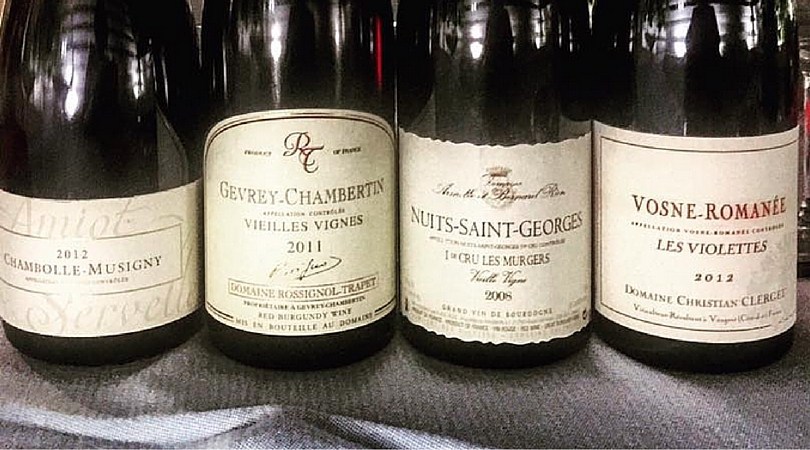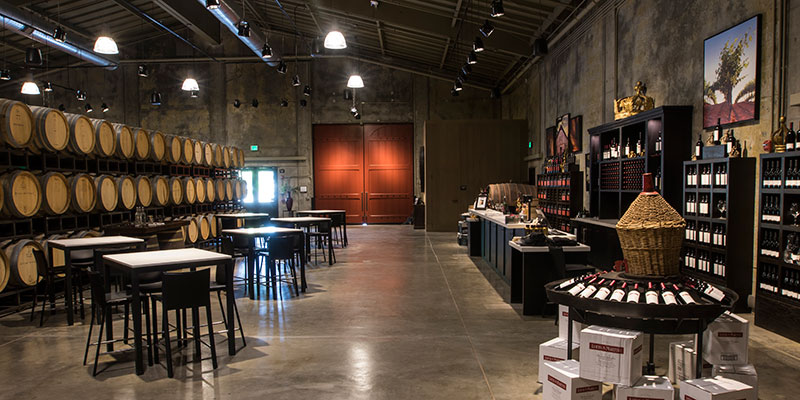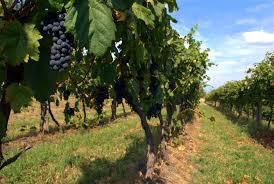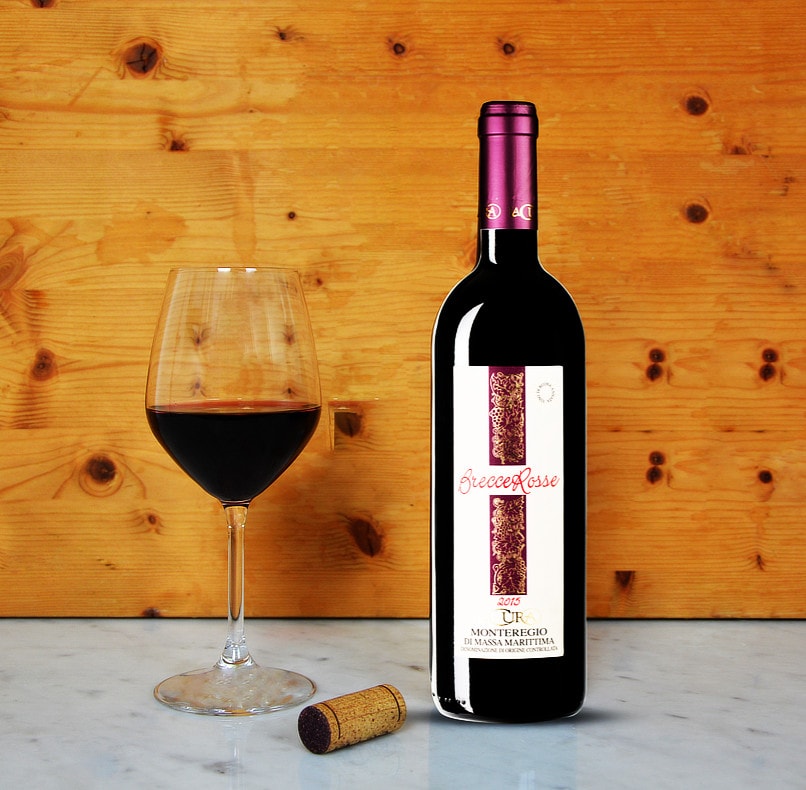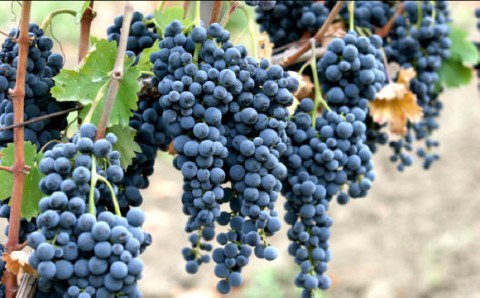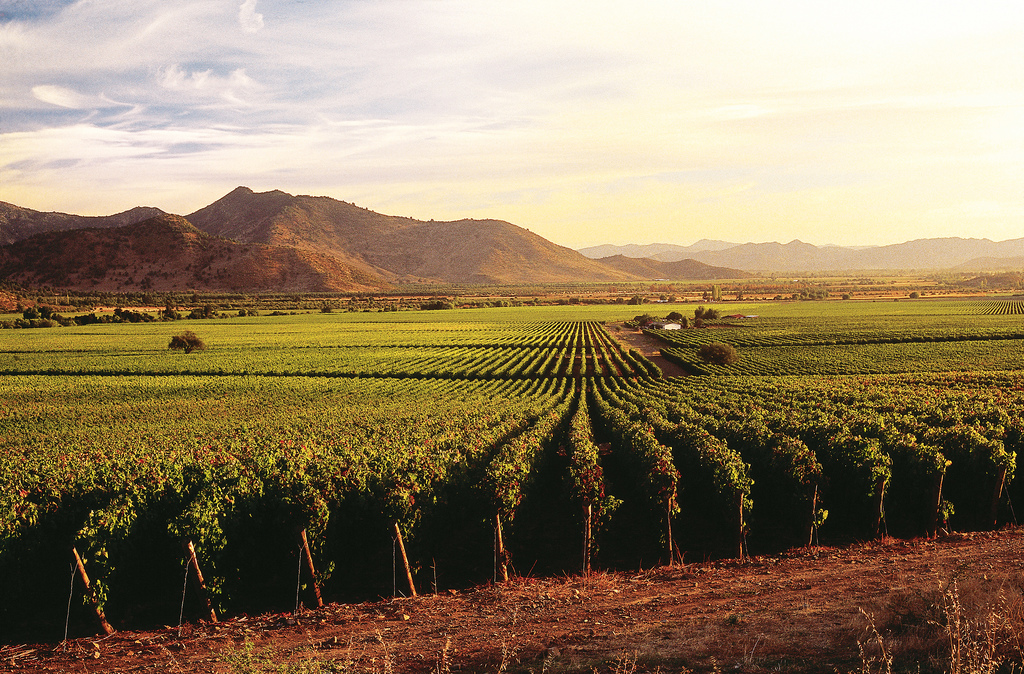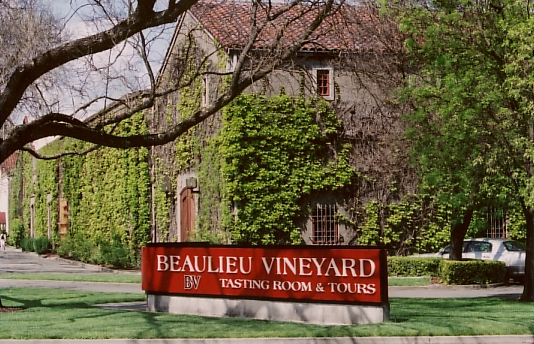In the Côte de Nuits, where the city of Dijon is located, you can breathe the typical Burgundy "Savoir-vivre" at every corner and it is here, in the north-eastern part of the region, that the best reds are produced.
In the north of the region, between Dijon and Corgoloin, the vines follow one another like works of art on a strip of land about 20 km long and narrow up to 200-300 m which extends into the Côte d’Or department, known for the famous limestone quarry of Burgundy: it is here that the great Burgundy red wines are produced. The monks who lived in these areas discovered their enormous potential as early as the 10th century, when they classified the area by tracing its boundaries, assigning the parcels their current names and outlining the sensory characteristics of the different wines produced here. As evidence of the past there are still numerous "Clos", the vineyards of the monasteries completely surrounded by walls. The Côte de Nuits is divided into 33 plots, including those of Gevrey-Chambertin, Chambolle-Musigny, Nuits-Saint-Georges, Vougeot and Vosne-Romanée. The territory also includes the extra-long varieties of Romanée-Conti, La Tâche and La Romanée, the smallest AOC production area in the world with its 8000 square meters, as well as the Premier Cru and Grand Cru.
The territory is dominated by the Jurassic sedimentary rock, which rests partly on granite and gneiss sediments, the origin of which dates back some 250 million years. The Côte de Nuits offers ideal conditions for the cultivation of Pinot Noir because of its calcareous soil, rich in skeleton and particularly permeable, capable of warming up in spring faster than clayey soils. Precisely for this reason, the prized grape varieties of the Premier Cru and Grand Cru grow on the hillside, while the simpler qualities mature downstream.
The quantity of Chardonnay white wines produced in the Côte de Nuits is insignificant, and Pinot noir is the master.
